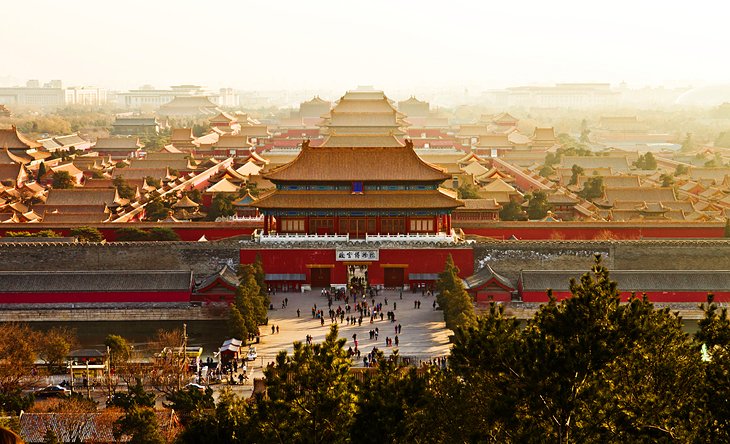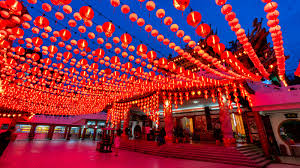Tourist Attractions in China

Ever since the world discovered China through the writings of adventurer Marco Polo more than 700 years ago, we’ve come to regard this large Asian country as the embodiment of all that is mysterious and exotic. Even now, after decades of economic growth, this vast country has lost none of its fascination. Indeed, the contrast between China’s ancient customs and the new ultra-modern state that is developing has only increased our fascination with a culture that dates back many millennia.
The Great Wall of China

“Nobody can be a true hero unless he has been on the Great Wall” goes the popular Chinese saying, one that clearly demonstrates the importance placed upon this unique ancient monument. The magnificent Great Wall of China (known in Chinese as “Changcheng,” or the “Long Wall”) stretches more than 6,000 kilometers from the fortresses of Shanhaiguan in the east all the way to Jiayuguan in the west, passing through Hebei, Tientsin, Beijing — where the best preserved sections of the wall can be visited —Inner Mongolia, Ningxia, and Gansu. Averaging six to eight meters in height but rising as high as 16 meters — and wide enough in places for five horses or 10 men to pass — the wall boasts numerous battlements and watchtowers, some dating back as far as the 7th century BC, with the best-known areas added around 210 BC when its various sections were joined. Today, the most visited section of the wall is near Badaling Pass northwest of Beijing, easily reached by public transport or organized tours. Other restored sections worth a visit include the section near Gubeikou, 130 kilometers from Beijing, and in Mutianyu, just 70 kilometers northeast of Beijing.
The Forbidden City and the Imperial Palace, Beijing

China’s largest and most important building, the Forbidden City — also known as the Imperial Palace — is situated in the very heart of Beijing and is a must-see when visiting the country. Started during the Yuan Dynasty between 1271-1368, much of the complex seen today (it’s really many splendid palaces in one) was built between 1406 and 1420 as the residence of 24 Ming and Qing Emperors, whose presence forbade the entry of anyone other than the imperial family and their courtesans.
Covering some 720,000 square meters and protected by a 10-meter-high wall with watchtowers and a wide moat, this massive complex consists of areas set aside for ceremonial and administrative purposes, as well as a private residence used by the emperor. While it can take many hours to see everything, highlights include the five white marble Golden River Bridges; the Hall of Supreme Harmony, a 35-meter-tall building housing the imperial throne; the exquisite emperor’s banquet hall (the Hall of Preserving Harmony); and the Palace Museum with its large collection of art and artifacts from the Ming and Qing dynasties, to name but a few. Other important attractions in the vicinity of the Imperial Palace include famous Tiananmen Square, and the Temple of Heaven, one of the country’s most important religious sites, which dates back to the 15th century.
The Terracotta Army

It was while digging wells on the outskirts of Xi’an in the 1970s that farmers stumbled across what was to be China’s most important archeological find: the Terracotta Army. Distributed over three large underground pits and built to guard the First Emperor’s tomb were more than 8,000 life-size warriors, some 520 horses, and more than 100 chariots, along with numerous other non-military characters dating from around 280 BC. Although some were severely damaged due to the passing of time, many of the statues unearthed have been painstakingly re-assembled and stand as testament to the importance bestowed upon the emperor and the afterlife. The site — part of the Emperor Qin Shi Huang’s Mausoleum Site Park — is one of China’s most important tourist destinations and offers the unforgettable experience of standing in front of this assembly of soldiers and horses as if inspecting a centuries-old parade.
Sources:
Planetware




